Oil price posts two-year highs - but how long can it last?
Brent rose above $59 a barrel this week, its best third-quarter showing since 2004
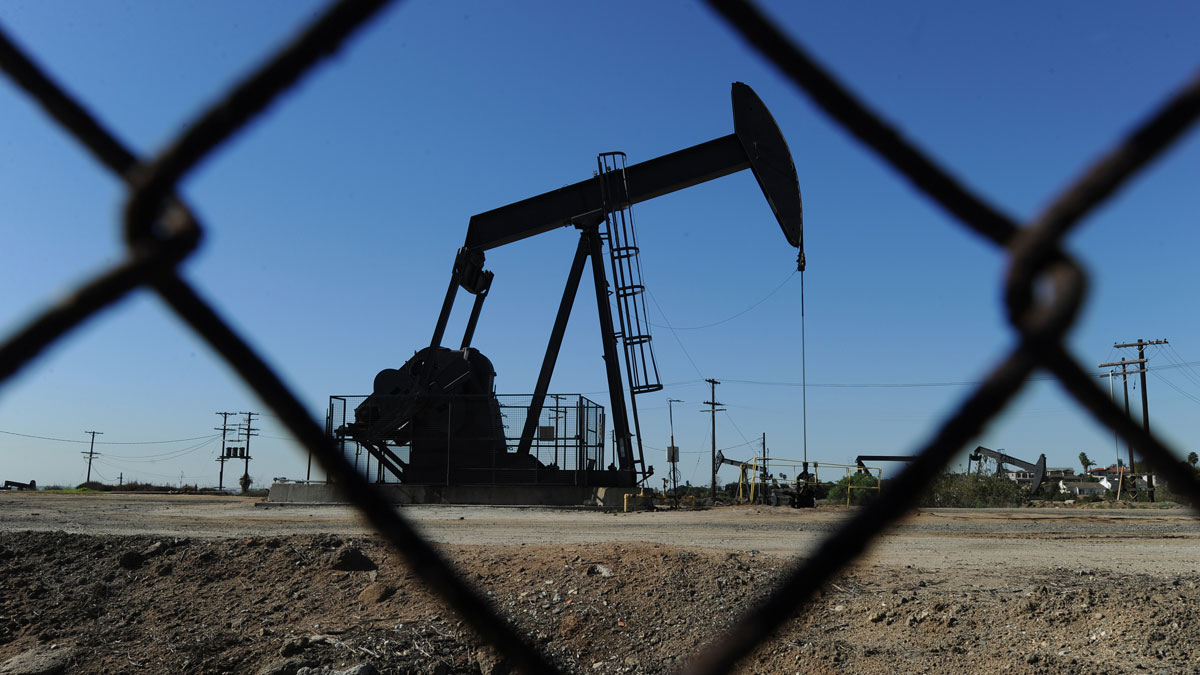
Oil price rooted at $50 amid slew of forecast cuts
4 September
Oil is stuck in a "narrow range" and remains rooted around its recent lows of $50 a barrel, as traders await data later today that will give a clearer picture of the health of the US economy and on whether long-running oversupply is easing.
Analysts continue to pour scorn on hopes that a move to more 'risk-on' trading – more speculative investments by traders into volatile equities and commodities – will prompt a sustained rally in prices as two more banks cut their forecasts for the remainder of this year and next.
The Week
Escape your echo chamber. Get the facts behind the news, plus analysis from multiple perspectives.

Sign up for The Week's Free Newsletters
From our morning news briefing to a weekly Good News Newsletter, get the best of The Week delivered directly to your inbox.
From our morning news briefing to a weekly Good News Newsletter, get the best of The Week delivered directly to your inbox.
International benchmark Brent crude was trading down around 1.3 per cent in London this morning at marginally above $50 a barrel. Having dipped below this threshold early yesterday, a sustained equities rally had prompted a rise to more than $52, CNBC notes, but the upwards move "lost steam" as traders factored in "prevailing weak fundamentals" after two rounds of data this week showed that stockpiles were continuing to rise.
Reuters says that traders will be focusing on US oil rig data this afternoon for "clues on supply", with a drop in numbers pointing to a lower production that "could bolster oil's price outlook". Traders are also watching US employment data for signals on the economy and this is likely to feed into assumptions around demand.
Barclays added to the more cautious sentiment when it lowered its forecast for Brent to an average of $52 for the second half of this year, with the 2016 prediction lowered by $5 to $63. BNP Paribas cut its price estimates to $56 and $62 a barrel respectively, while HSBC increased its forecast earlier in the week, but still only expects a recovery to $55 this year.
Oil price continues to swing as stockpiles rise
03 September
A free daily email with the biggest news stories of the day – and the best features from TheWeek.com
Oil prices are currently in the thrall of volatile equity markets. On Wednesday they endured seesawing swings after an initial sharp fall following a report that revealed a big increase in reserves, before prices recovered in Asia trading last night.
The US Energy Information Administration detailed a 4.7m rise in inventory stockpiles, a big reversal from a 5.5m drop the previous week and well above analyst expectations that reserves would remain flat. This reflects in part the beginning of the refinery maintenance season, which reduces demand and is thought likely to weigh on prices.
Having remained around $50 a barrel through a calmer equities trade in London, international benchmark Brent crude began to head south. The Financial Times reports it lost two per cent as it dropped towards $48 a barrel. However, as the wider markets recovered in a broad-based rally triggered by positive US jobs data, oil prices picked up again and settled back above $50.
In early trading in London on Thursday oil remains around the psychologically important threshold, showing a minor 0.2 per cent loss for the day.
But with Brent at $50 and US benchmark West Texas Intermediate at $46, prices have dropped to historic lows and the fundamental issue of oversupply still looks likely to bring only downward pressure. Yesterday's confirmation that the US senate would pass a nuclear deal with Iran, opening the door for the lifting of sanctions and an increase in exports, will only exacerbate this trend.
Some analysts, however, think current prices are "unsustainable" and that this alone will push prices up. HSBC told CNBC it had added to its equity investments across the oil and gas sector and that it is betting Brent will recover to $55 a barrel this year and higher next. It's not a popular view but given the bearish stance of most it could prove a lucrative gamble if correct.
Oil price at its most volatile in 24 years
2 September
Oil prices are swinging wildly.
After enjoying its strongest rally for 25 years over the three sessions to Monday, during which prices surged 25 per cent, international benchmark Brent crude endured its worst fall for four years on Tuesday, closing down nine per cent at below $50 in London, according to the Wall Street Journal.
The US benchmark, West Texas Intermediate, has swung by more than six per cent for four straight trading days, its most volatile run since 1991.
Oil was trading down again on Wednesday morning in London, with Brent having lost a further two per cent to $48.52 a barrel.
The abrupt end to the recent rally, which comes off a low base following steep declines over the summer, was prompted by weak Chinese manufacturing data that added to concerns over growth in the world's second largest economy and second largest oil consumer.
There are also consensus forecasts that after a brief dip last week, US oil stockpiles will have risen again when data is published later today, as oversupply continues heading into the autumn period during which demand typically falls.
The question is where prices will go from here.
The Financial Times's James Mackintosh points out that oil company stocks have tracked the downward trend in prices over the past year and now represent a share of market capitalisation that has been lower only once on record, during the dotcom bubble in the early 2000s. Mackintosh says that unless the "wild price swings" of recent weeks prove to be an "indicator of deep trouble in the global economy" – in which case "both the oil price and oil shares could fall a good way yet" – a recovery could be due that makes it "worth drilling for bargains".
Elsewhere hedge fund manager Pierre Andurand – who "returned 51 per cent before fees last year by betting against the oil price" – told the FT he is still very bearish. He predicts that current prices could prove to be a high watermark over the coming two years and that US oil could yet halve in value and fall as low as $25.
-
 The Week’s big New Year’s Day quiz 2026
The Week’s big New Year’s Day quiz 2026Quiz of the Year How much do you remember about 2025’s headlines? Put yourself to the test with our bumper quiz of the year
-
 Is tanking ruining sports?
Is tanking ruining sports?Today's Big Question The NBA and the NFL want teams to compete to win. What happens if they decide not to?
-
 ‘Netflix needs to not just swallow HBO but also emulate it’
‘Netflix needs to not just swallow HBO but also emulate it’instant opinion Opinion, comment and editorials of the day
-
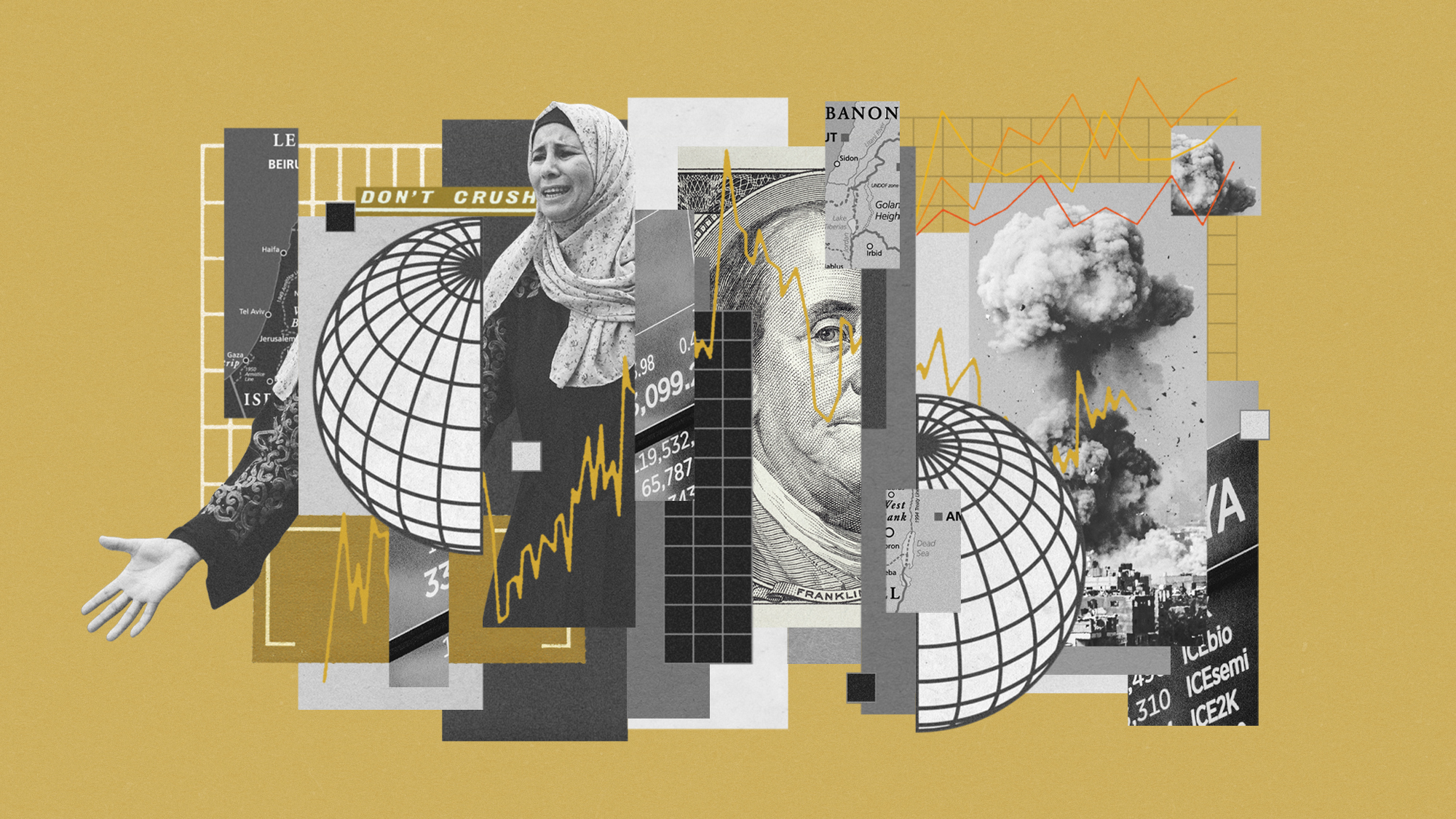 How might the Israel-Hamas war affect the global economy?
How might the Israel-Hamas war affect the global economy?Today's Big Question Regional escalation could send oil prices and inflation sky-high, sparking a worldwide recession
-
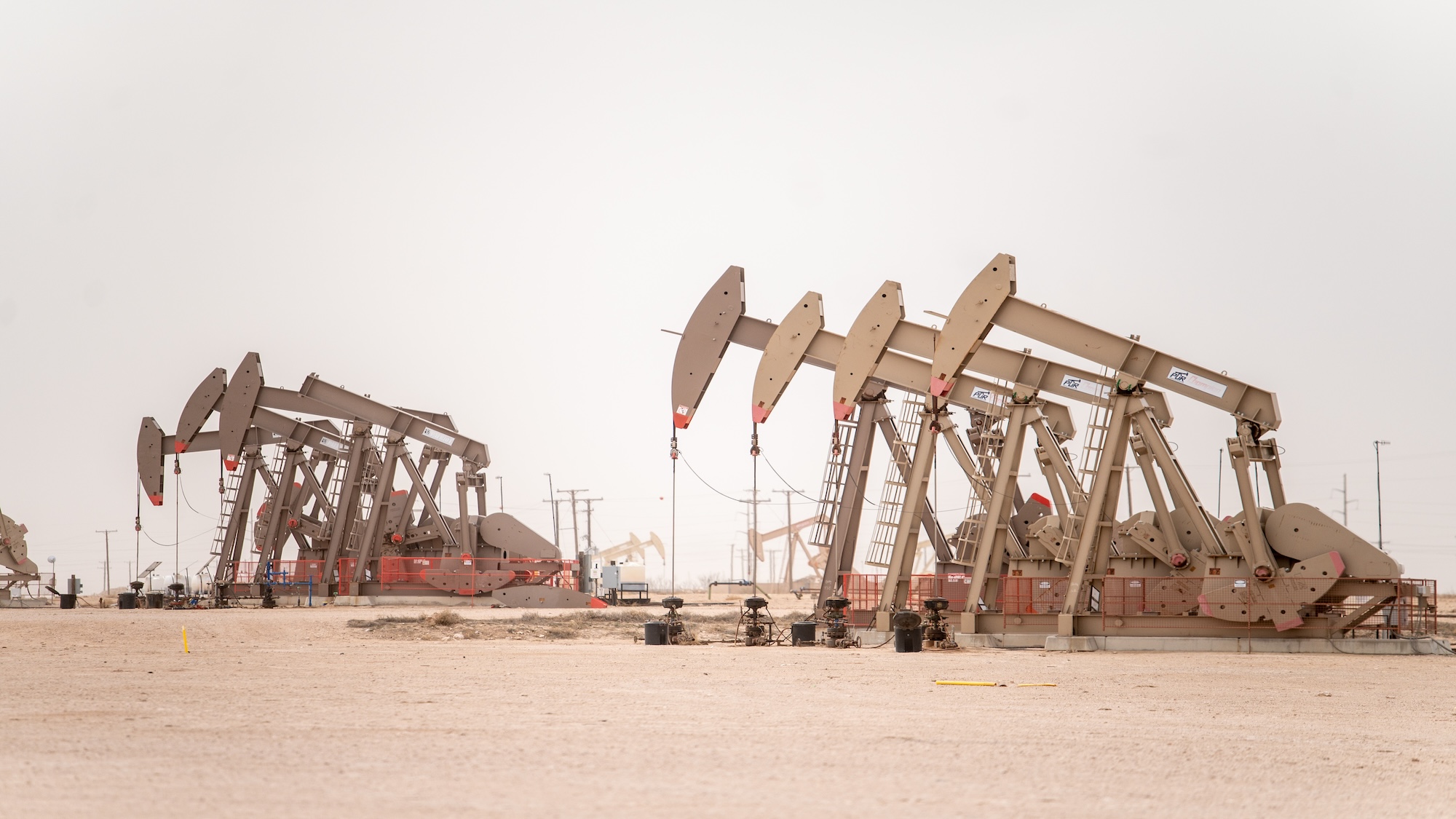 Recent mega-mergers could signal a turning point for the US oil industry
Recent mega-mergers could signal a turning point for the US oil industryTalking Point Both Chevron and Exxon have recently spent billions to acquire smaller oil companies
-
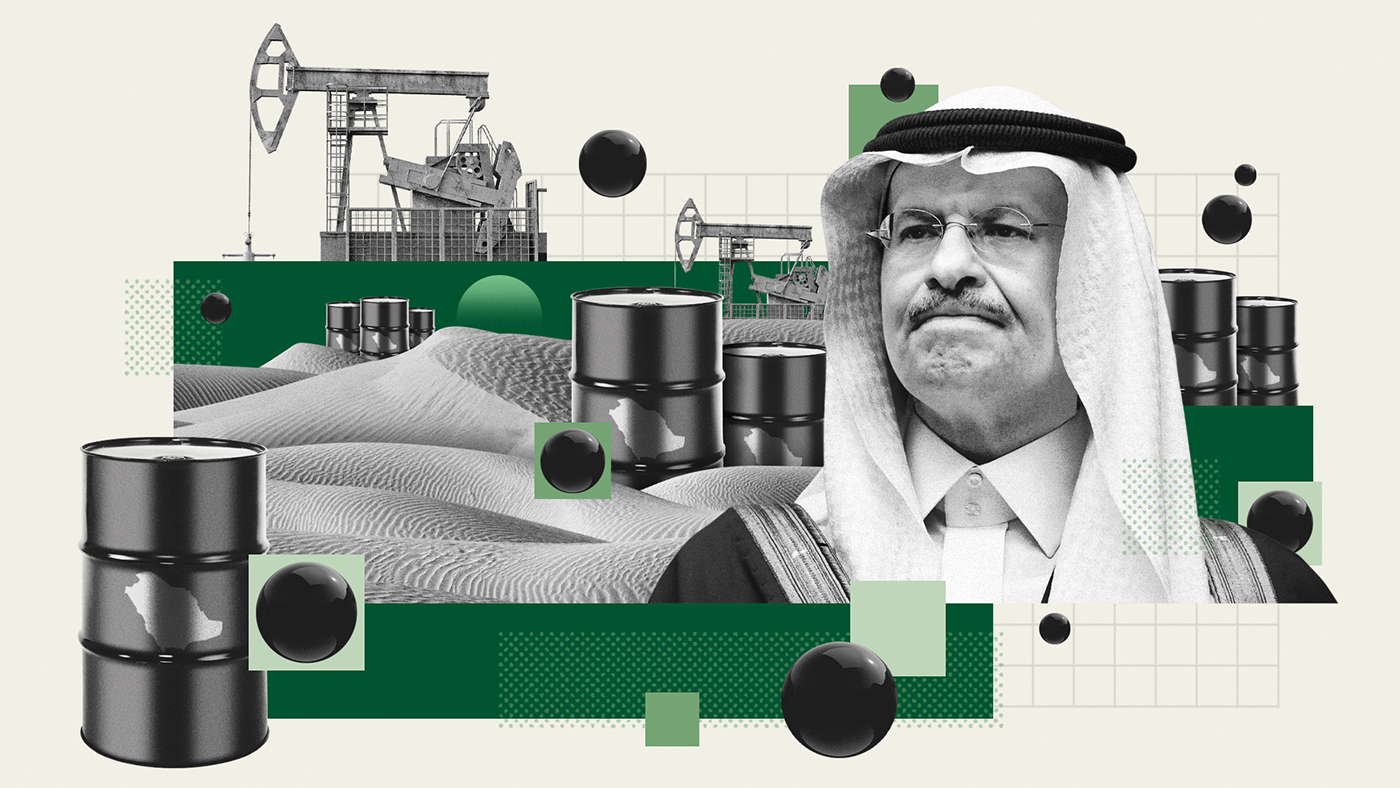 Has Saudi Arabia lost control of oil prices?
Has Saudi Arabia lost control of oil prices?Today's Big Question Kingdom goes it alone to cut production, risking tension with US and reigniting cooling inflation in Europe
-
 US angered by Opec+ oil cut
US angered by Opec+ oil cutSpeed Read Energy prices to rise further as producers slash supply by two million barrels a day
-
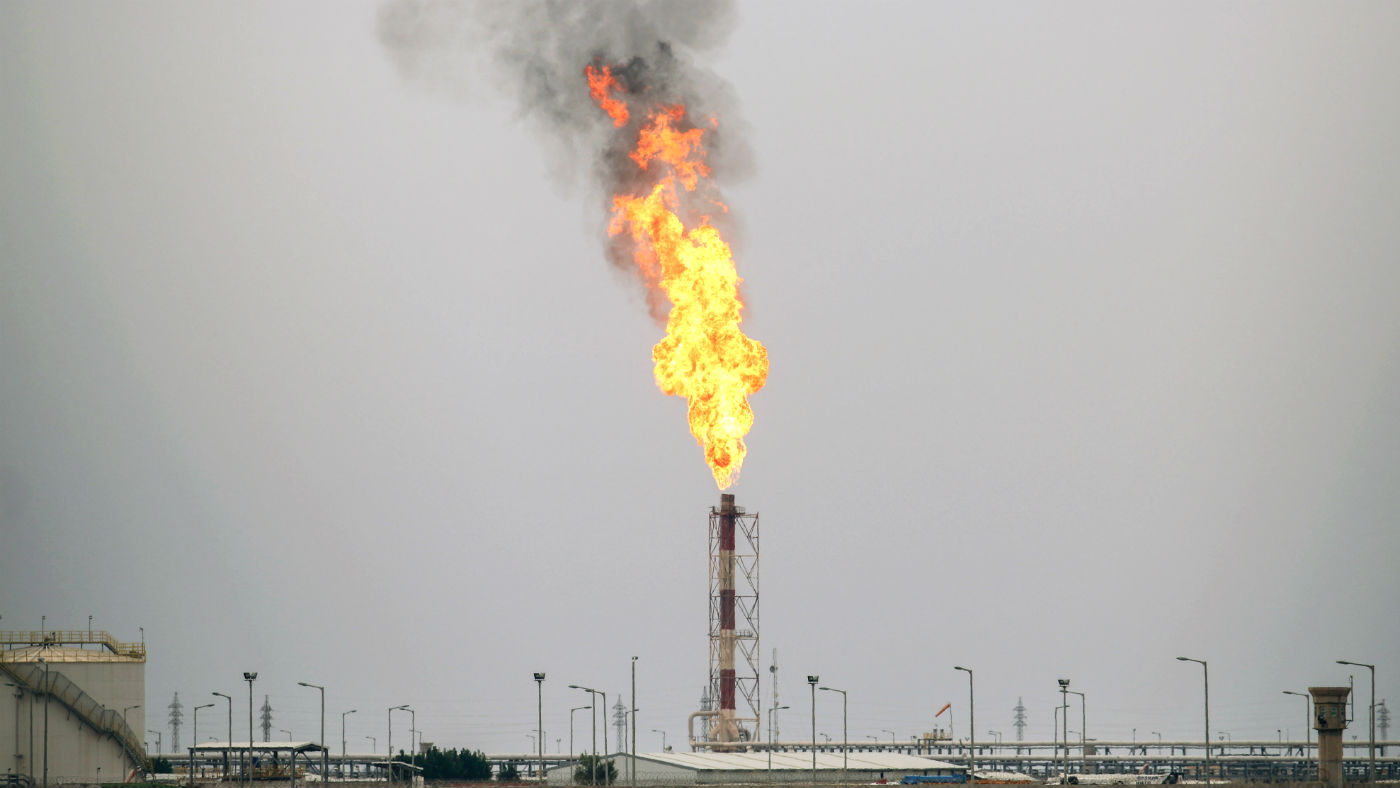 Global oil demand forecast lowered for 2020 and 2021
Global oil demand forecast lowered for 2020 and 2021Speed Read IEA report says jet fuel demand remains the major source of weakness
-
 Are US-Iran tensions flaring again?
Are US-Iran tensions flaring again?In Depth Trump threatens military action over Twitter
-
 Can a deal be struck to raise oil prices?
Can a deal be struck to raise oil prices?In Depth Opec+ will convene today over video link in a bid to boost crude
-
 What do negative oil prices mean?
What do negative oil prices mean?In Depth Perfect storm of oversupply and storage shortages sees producers paying to get rid of US crude